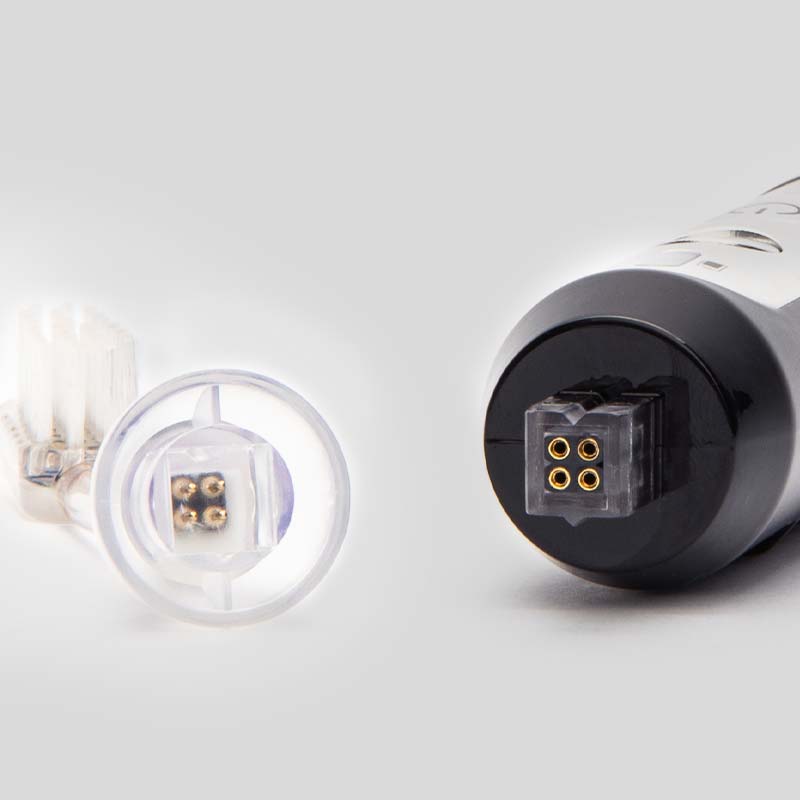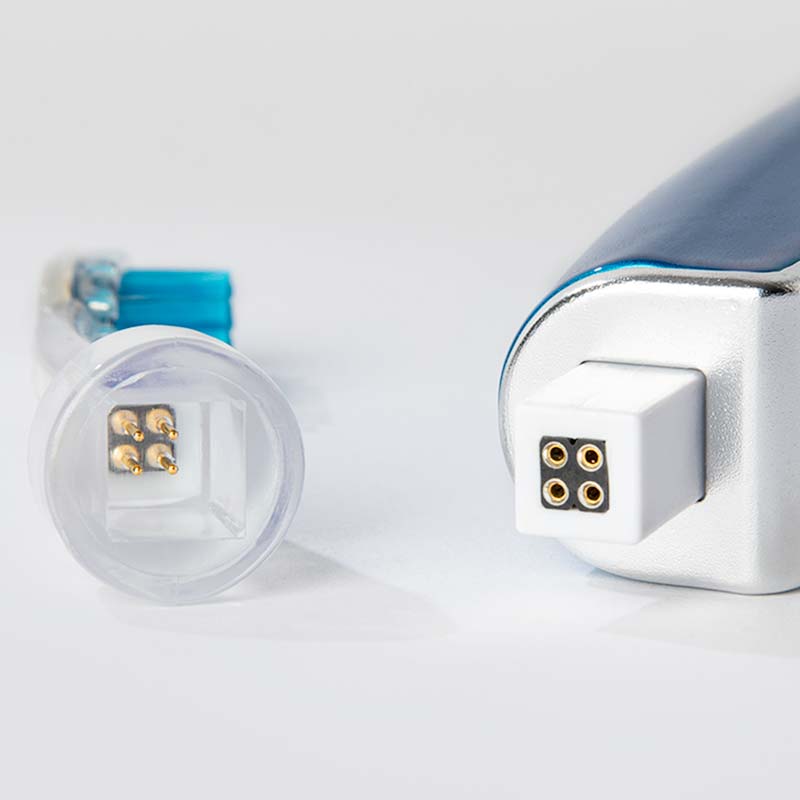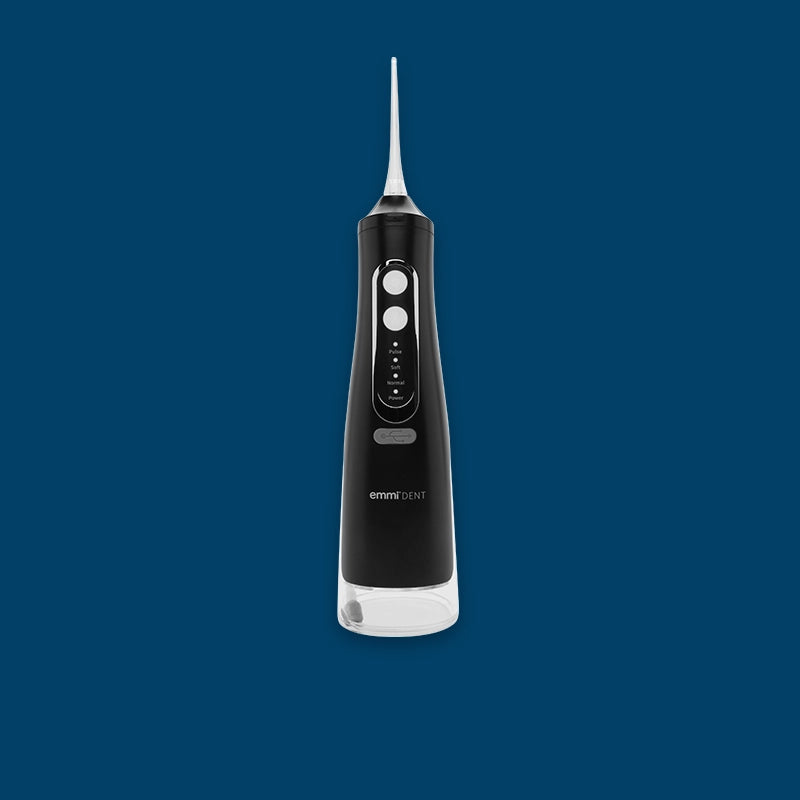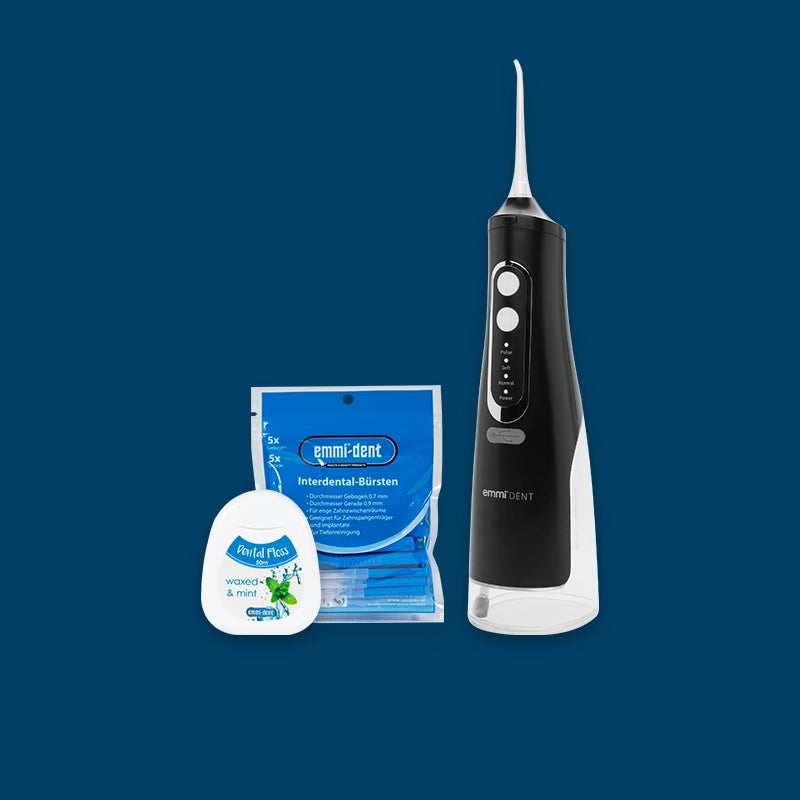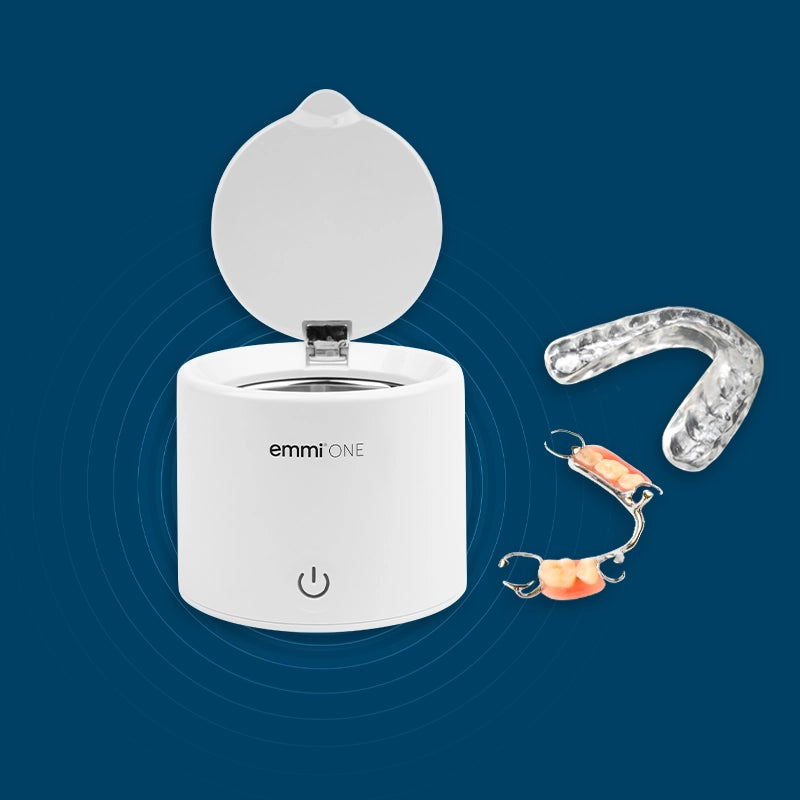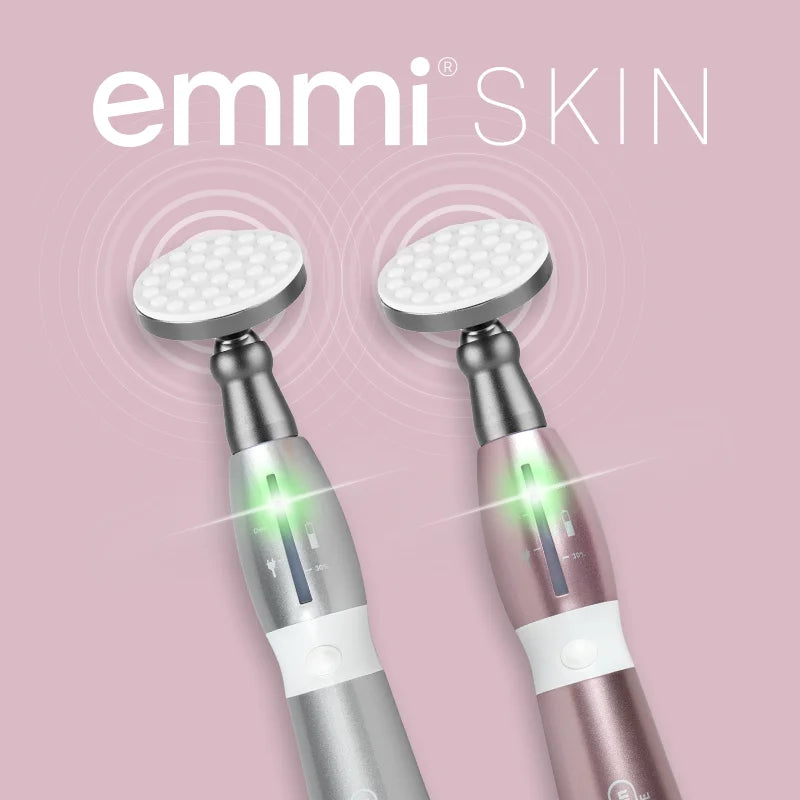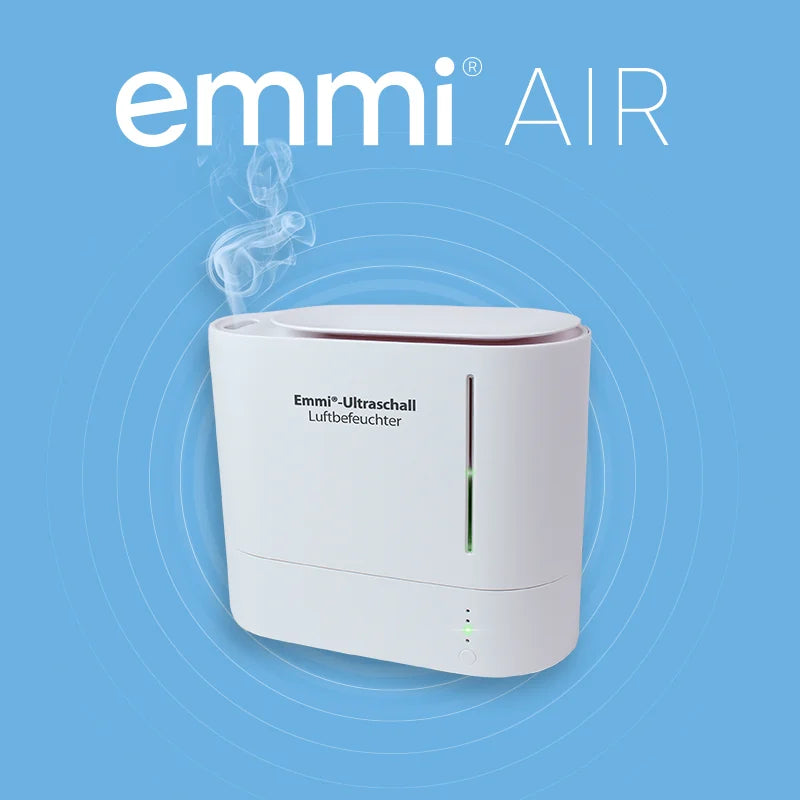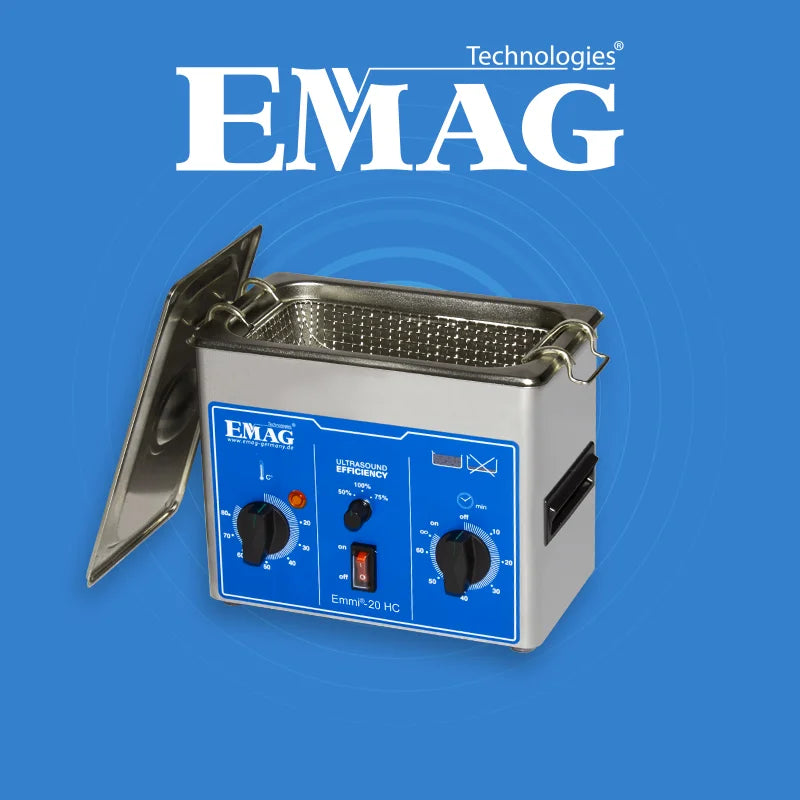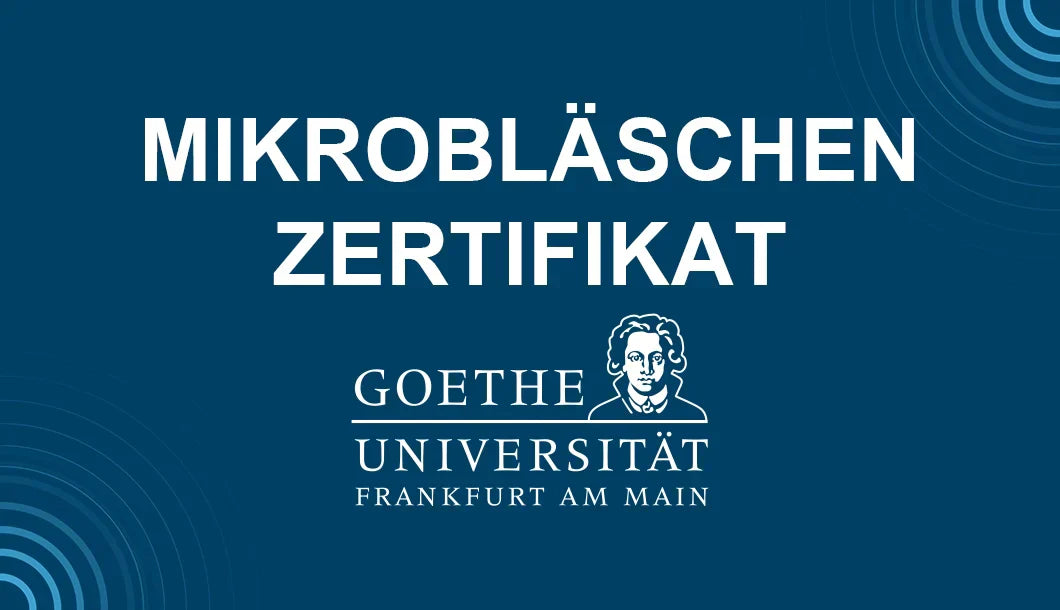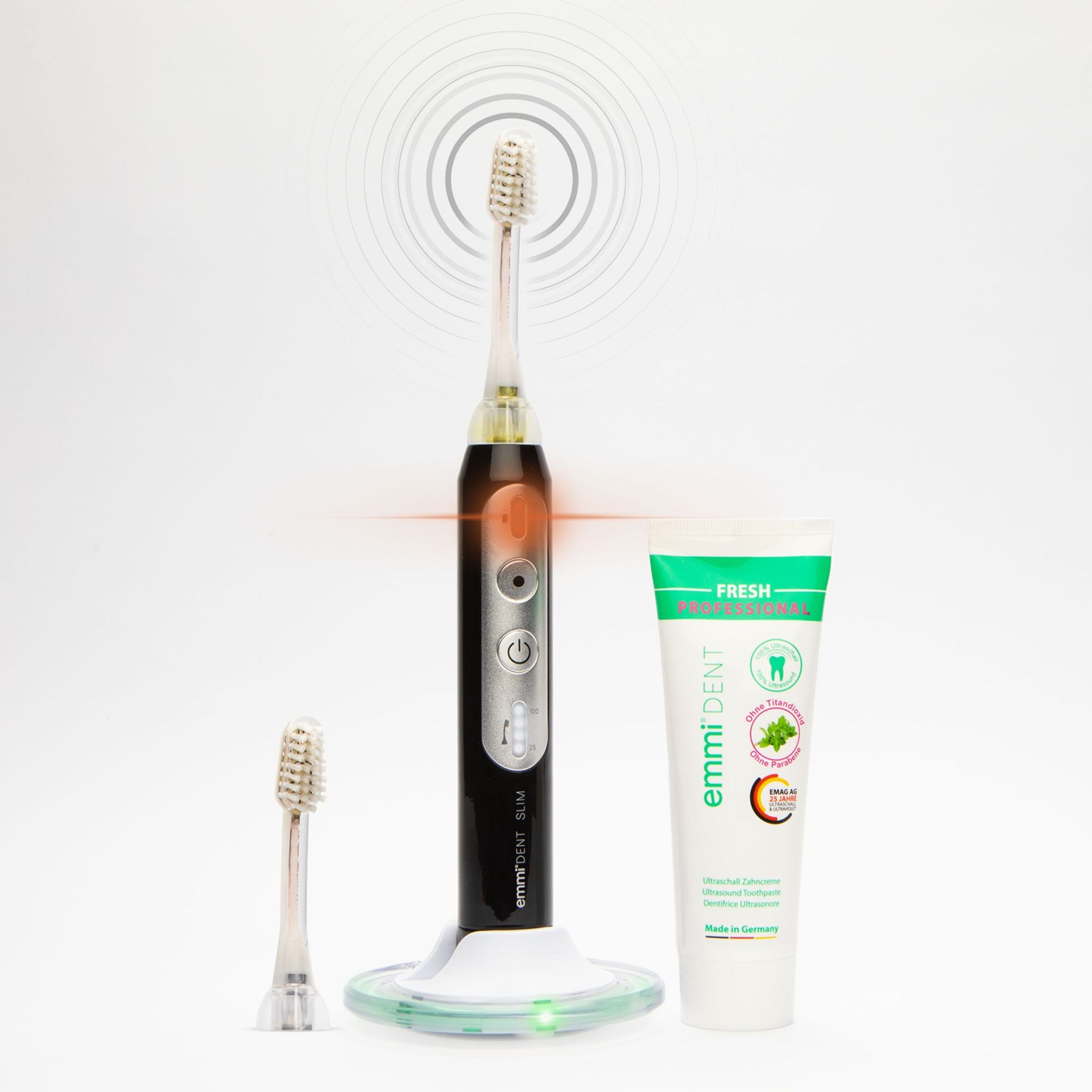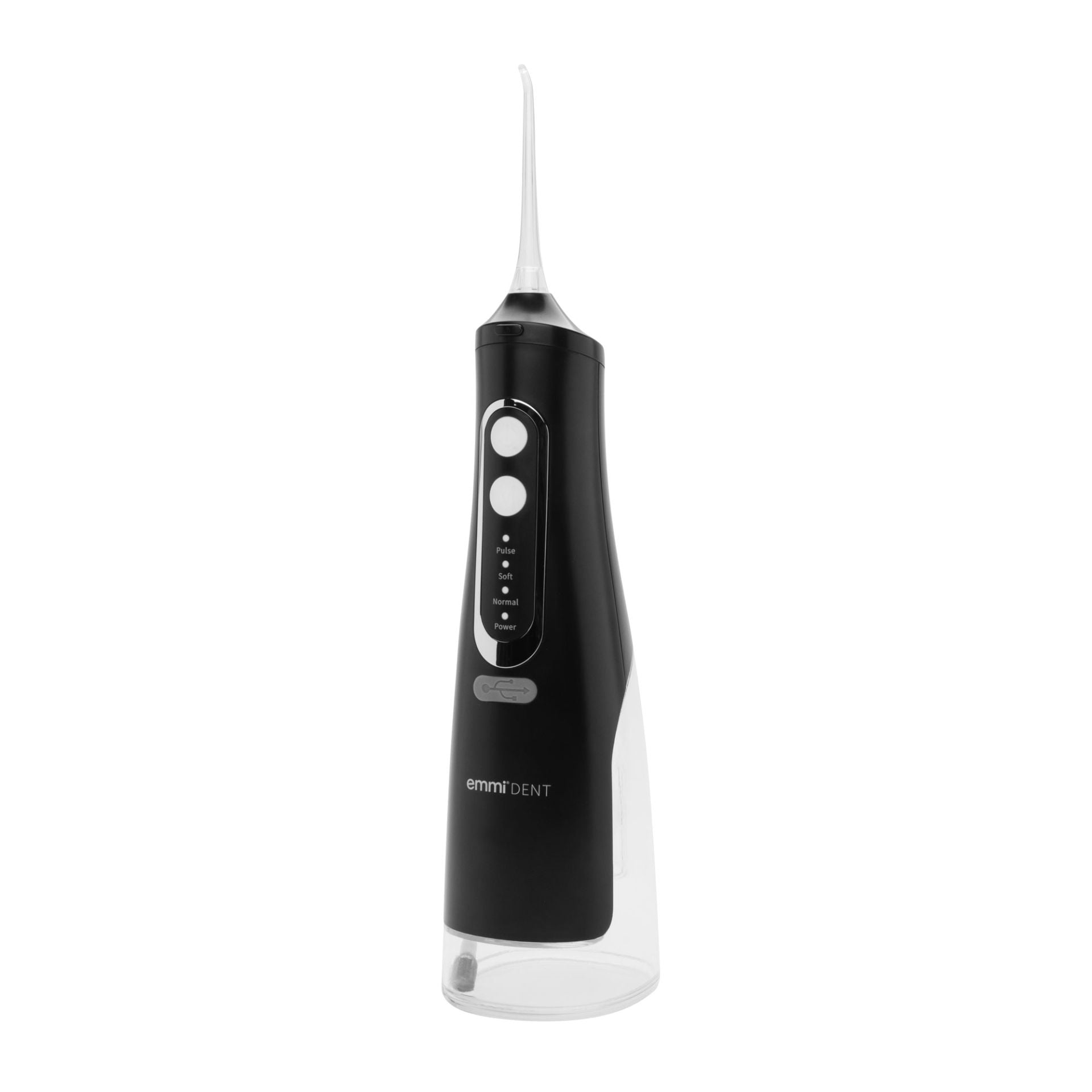Ultrasound compared with manual toothbrushing in orthodontic patients with manifest gingivitis - A randomized, clinically controlled trial.
Executive Summary
Witten 2018
ORMED Institute for Oral Medicine at the University of Witten/Herdecke
Study director: Prof. Dr. Dr. hc P. Gängler
Dr. Tomas Lang, S. Saket, KW Weich
On behalf of: EMAG AG, 64546 Mörfelden-Walldorf
Objective:
Dental plaque deposits around orthodontic brackets increase the short-term risk of
Gingivitis and the long-term risk of caries around the crowns in susceptible patients. Therefore, the aim of a randomized, clinically controlled trial was to compare the improvement in (1) plaque control and (2) gingivitis control with ultrasonic toothbrushes versus manual toothbrushes.
Methods:
80 adolescents with fixed orthodontic appliances and manifest gingivitis in four or more teeth were randomly divided into two groups six months before the completion of orthodontic treatment. The test group (n=42) used the Emmi-dental ultrasonic toothbrush (EMAG, Mörfelden-Waldorf). The control group (n=38) used the Denttabs manual toothbrush with toothpaste tablets (Denttabs, Berlin). The gingivitis index, measuring the degree of inflammation, was determined at six sites per tooth.
Plaque accumulation was recorded at baseline, after 3 days of plaque accumulation at baseline, and after 2 and 12 weeks. The modified Navy Plaque Index according to Lang et al. (2011) was used on index teeth. Intraoral photography documented all teeth at baseline, at the start of the study, and at the end of the study, with a blinded assessment of plaque deposits before and after brushing on six planimetry fields buccally (towards the cheek) around the brackets, as well as on six planimetry fields lingually (towards the tongue) and palatally (towards the palate).
Results:
A highly significant reduction in gingivitis was documented for both groups. The number of gingivitis teeth decreased from 13 to 4 in the ultrasound group and from 12 to 3 in the control group. A highly significant reduction in plaque levels was also achieved. The plaque index decreased from 9.59 (baseline) to 0.45 (end of study) around the brackets in the ultrasound group and from 9.64 (baseline) to 0.64 (end of study) around the brackets in the control group. No injuries to dental hard or soft tissue were observed.
Conclusions:
The study confirms early findings of plaque reduction and contribution to gum health (Denda, 2011 and May, 2013). The use of the Emmi-dental Professional ultrasonic toothbrush in a high-risk group of patients during orthodontic treatment with severe chronic gingivitis is clinically effective through significant plaque reduction and highly significant
Reduction in the number of diseased teeth. This improvement in oral hygiene is comparable to that in the control group. The advantage of ultrasonic toothbrushing lies in
the abrasion-free effect.

